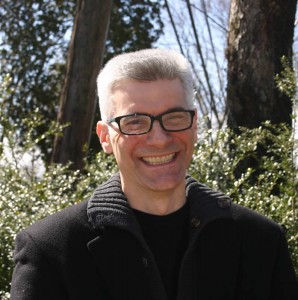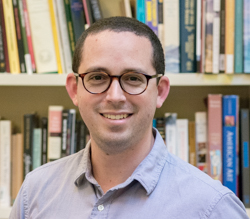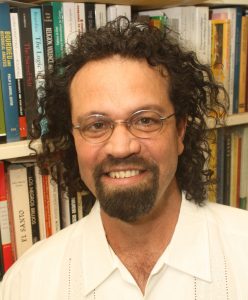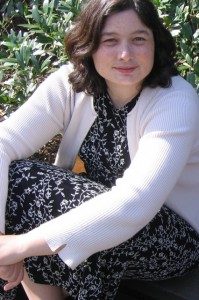The 1930s American South was a region of deep racial segregation as the social norms of white supremacy and the terrorism of lynching kept white and black Americans in separate and unequal spheres. The Commission on Interracial Cooperation was an Atlanta-based initiative of white liberals and black leaders to increase understanding and cooperation between the races. Of its many programs, an essay competition called the Tenth Man Contest encouraged white schools to teach black history and culture. At its height, the contest reached 90 school districts in 23 states. Students participating in this program studied numerous textual sources, engaged in a variety of artistic activities, and visited black schools and businesses.
One of the rich legacies of the Tenth Man Contest is an archive of the student papers submitted to the competition. In her article, “‘I feel I am really pleading the cause of my own people’: US southern white students’ study of African-American history and culture in the 1930s through art and the senses” (History of Education, 2018, URL), Professor of Education Christine Woyshner uses this archive to analyze the ways that white high school students understood and interpreted their encounter with the black history, society, and culture. These encounters were often sensuously rich as white students described their visual and aural impressions of African American art, literature, schools and neighborhoods.
I spoke with Christine Woyshner about her article on April 30, 2018.







